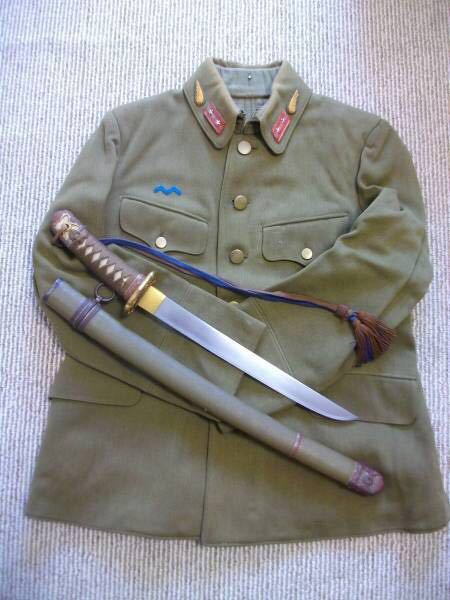Leaderboard
Popular Content
Showing content with the highest reputation on 10/24/2021 in all areas
-
Hello, For comparison here are two I picked up lately...The one without the knot was unwanted by the family of a veteran of the Burma campaign who served with South Wales Borderers and found the sword in the luggage compartment of a train during the conflict....The one with the knot was bought at a Militaria fair recently...Both have matching numbers... Regards, Paul..4 points
-
Mochi Tetsu is high purity magnetite (Fe3O4) ore. It's origin is from a skarn deposit formed where an intrusive igneous body ("granite") makes contact with limestone. The Kamaishi mine in Iwate Province is the largest known copper-magnetite skarn in Japan. This deposit has been mined from the Tokugawa shogunate until the mine closed within the last couple of decades. Alluvial mining in the surrounding drainages probably predated the underground mining. Mochi Tetsu ore originated from these deposits as they were eroded. The magnetite ore fragments were tumbled into rounded cobbles, gravel and sand in the steep drainages that surround these deposits. The larger pieces could be easily recognized in the alluvium due to their density, color and magnetism. Smaller magnetite grains can be separated from less dense mineral grains by gravity methods like panning or sluicing. Like alluvial diamonds or gold, impure lumps of magnetite ore would be more easily broken up during sediment transport resulting in a natural beneficiation process that raised the grade from the 30% iron in the ore body to ~60% iron. Satetsu ore probably originates from skarns as well but has been transported farther from the source. This reduces the magnetite ore to its constituent crystals by abrasion and collisions with other grains in the streams that carry it to the coast. Wave action on beach fronts works as a gravity separation process concentrating it into thin black layers in the beach sand.4 points
-
3 points
-
I haven't checked in for a long time, I've been working a lot on my house. Now begins again the time for my hobby, Japanese swords and build Habaki. I got 1 Ko- Wakizashi and a Tanto, both in very bad condition but with good tsuba and sword ornament. Now I need help with the translation of the signatures. The tsuba of the wakizashi could be Yamanaka school. The fuchi from the tanto has a signature from Umetada school. Is this Myo Toshi ? Menuki, tsuba, kurikata, sayayiri all match with dragon. Is the signature real ??? Thank you for your help. Uwe Translated with www.DeepL.com/Translator (free version)3 points
-
Hi Uwe, The first one is a bit unclear but I think: 横山上野大藤原祐定 - Yokoyama Kozuke Daijo Fujiwara Sukesada (smith's title and name) 備州長船住人 - Bishu Osafune ju nin (a person living at Osafune in the province of Bizen).2 points
-
They never had any possibility of being anything but modern Chinese junk. Sorry Bruce. But it's been over 75 years and new variations are purely fantasy items at this point. Oozes the feeling of poor quality and junk.2 points
-
Found you another box to look at. Notice the label that is on the side. 准銀臺モール製/将官/刀緒/木箱入り/アンティーク・骨董品 ?號 = ?号 准銀臺 = 准銀台2 points
-
2 points
-
https://www.tosoguya.com/umetada_gohei_map_tsuba.html please see a very similar tsuba here.2 points
-
2 points
-
2 points
-
2 points
-
1 point
-
Greetings sword collecting friends! Although the DTI is cancelled this year, the cooperating dealers had already made preparations for an on-line catalog for the event prior to cancellation. The decision was made to publish the on-line catalog and interested parties can contact the dealers to find out about the featured pieces. Not quite the same as attending the DTI in all its glory and excitement but paging through the on-line catalog might bring you a little satisfaction. The PDF version is too large (119 pages) to attach here so go directly to the website and download a version for your viewing pleasure. https://www.zentosho.com/daitoukenichi/ Click the big red panel in the middle of the page (it has a PDF designation) Best Wishes Robert Hughes Member: Keichodo All Japan Commercial Sword Dealer's Association1 point
-
Best practice to me personally is narrow down at least era, school and state your budget, that way you won't get lost in the abyss of nihonto and sellers would know what to offer you. J.1 point
-
Mike, Adrian and I contacted most collectors, ourselves. Adrian had the mailing list of the defunct Australian Japanese Sword Society and we did a huge mail out. Also, I don't believe there are enough Australian collectors, here on the NMB.1 point
-
Hi John, Excellent- thats what we need! Hard and fast numbers of submissions! Cheers mate and thanks for your support! Michael.1 point
-
1 point
-
Hello Sunny , I apologize for not answering your question. I have done a lot on my house in the summer and had no time for my hobby. I will be very happy to make a habaki for your sword. But at the moment only one-piece, the next step is still practicing. For my work I would like to have 180€. Sorry again Uwe1 point
-
1 point
-
Peter Collector, have a look in NMB Downloads article on Amahide......https://www.militaria.co.za/nmb/files/file/52-ichimonji-minamoto-amahide/1 point
-
1 point
-
Surely there is more to this than meets the eye??? Dale??? It looks like the Christian version of Hell (or a Macbeth performance, even a Hieronymus Bosch utsushi!!) dressed up in Buddhist clothing!! Perhaps a Ghost story for children?? BaZZa.1 point
-
@brannow While these tassels are not boxed, they still have the wrapping paper that goes around the tassel. Generals Tassels The column on the left reads 軍刀用刀緒 while the two columns on the right could be patent information. 軍刀用刀緒 = Tassels for military sword use.1 point
-
Hi Bob , you asked about Tsuba Kansho Jiten . Like any other book by Sato Kanzan the pieces shown are also in lots of other books . For example there are twenty two tsuba by Kaneiye pictured all of which I am sure could be found in other references . Grey Doffin implies that it contains iron tsuba but there are also plenty of Kinko items shown . There are some pieces though that I don't recall seeing elsewhere such as the unusual one attached . Ian Brooks1 point
-
I ran across this excellent narrative of the tatara smelting process. My interpretation of the use of akome iron sand is partially wrong. It seems it was used exclusively to produce pig iron. My points about the origin of mochi tetsu however still add context to the original question posed by piryohae3. The streambeds below Kamaishi must have been of great value to the local economy.1 point
-
The label on the side describes the kind of thread used: モール製 (made with gold thread). The label on the front would be a kind of identifying number/series/class of tassel (I think).1 point
-
Hi @Ontario_Archaeology Matt, can you give us close-up of the tassel box label? I think its 准銀台(臺), but I'm not quite sure what it means. And, it might be い號 ?1 point
-
1 point
-
1 point
-
Magnetite is commonly the primary iron mineral mineral in black sands around the world. In the geologically recent terrain of Japan, skarns would be a significant but not exclusive source of magnetite for iron sand. Masa iron sand which contains magnetite appears to be the feed stock for tatara production of small batch steel. From what I can tell, akome iron sand which has a bit of titanium in the magnetite was used as a flux to start the initial melt in the tatara or was used to produce pig iron. There is another potential source of iron that has been recognized since the Iron Age which is known as bog iron ore. This forms when ferrous iron in oxygen depleted groundwater is subsequently oxidized to ferric iron by bacteria in a swamp. This is a low grade source of iron but was widely used to make pig iron in antiquity and even during colonial times in North America. The primary iron minerals are hydrated iron oxides which when dehydrated form hematite (Fe2O3). Self fluxing hematite ores are now the primary feedstock for modern steel production.1 point
-
1 point
-
1 point
-
1 point
-
1 point
-
1 point
-
1 point
-
Bob your collection continues to impress! Well done. I look forward to seeing what you have for us each day.1 point
-
So here is the third version Type 95 from my 95 orphanage. I live it just as much as the others (it's just different). One side of the saya is in quite reasonable used/aged condition with some olive drab clearly present while the other side looks as if its been lying in water for a long long time. No paint that side but a really 'nice' patina and unfortunately, some heavy rust pitting in places. Tsuka is reasonable with blackened iron fuchi still showing faint Seki Token (???) with Nagoya inspection stamp and Nagoya Arsenal stamp. The blade (number 200395) and the saya throat has suffered from rust, both outside and also where number was stamped. Still trying to apply some x-ray vision to work out if numbers match but that will always be an impossible task. A lot of dark staining on both sides of blade and some heavy pitting (old rust) on both sides of blade mainly (but not entirely) toward the kissaki. No saya inserts when I bought it....metal on metal I'm afraid so I made two and 'bobs your uncle'. Could write my own book on that process! Everything is tight....nice.1 point
-
THANKS BOB, very nice items, it`s a Naotane DTI isn`t it.. BEST1 point
-
1 point
-
振武 – Shinbu 東洋刃物株式会社 – Toyo Hamono Co., Ltd. Ref. 振武刀 Shinbu-tō (ohmura-study.net)1 point
-
1 point
-
1 point
-
I am sure everybody is already following these events but, just in case I will share some updates from Mr Paul Martin who has become the driving force behind a terrific new project in Japan. I think it would be worthwhile if we all support this in whatever small way, and I think if you are interested you should be following Paul (The Japanese Sword) on Facebook or Youtube - lots of interesting videos besides these. -tch https://fb.watch/8KAng6KO67/1 point
-
and Just this past weekend they kicked it all off with a special forging demonstration by Gassan Sadatoshi and his son Sadanobu...1 point
-
1 point
-
1 point
-
I have a video of the polished chidori yari as it was mailed to me by Pablo but how do I attach it to this forum ? tom w.1 point
-
Transfering from the Short Gunto thread: Matt just found a tanto in military fittings that has striking resemblance to these daggers. The tanto is clearly legit, and in comparison, shows how these are not, but I can't help but think that maybe this is what the craftman had in mind when making the daggers. (post #40, here: http://www.militaria.co.za/nmb/topic/32030-short-gunto/page-2) Note that the maker used a kabutogane for a sayajiri. So there is precedent for using the "wrong" parts on gunto that are legit, though these still go too far by mixing navy and army parts.1 point
This leaderboard is set to Johannesburg/GMT+02:00











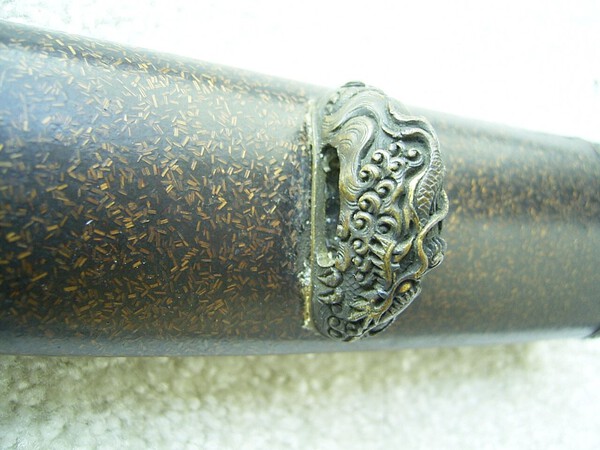


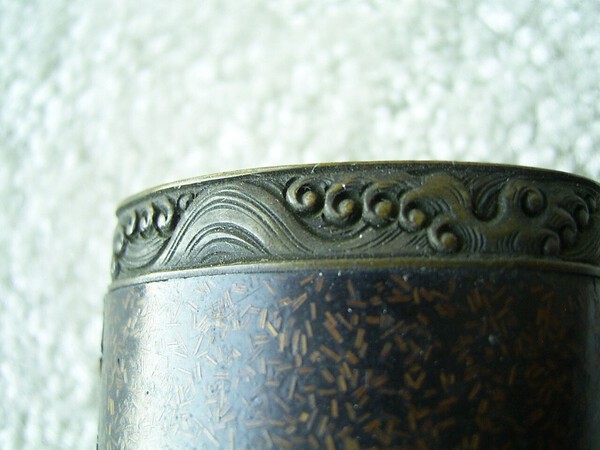
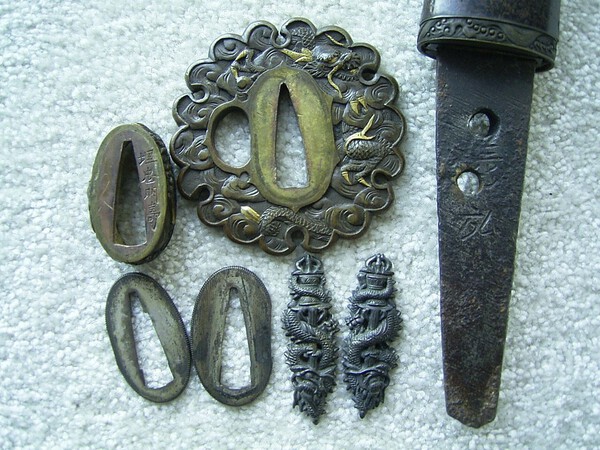
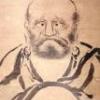
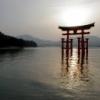

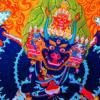







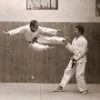
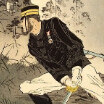







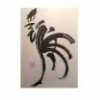


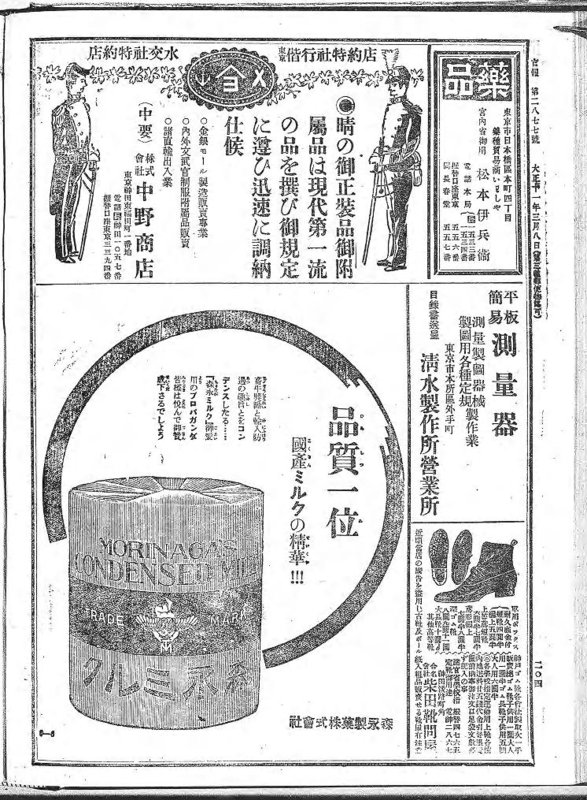


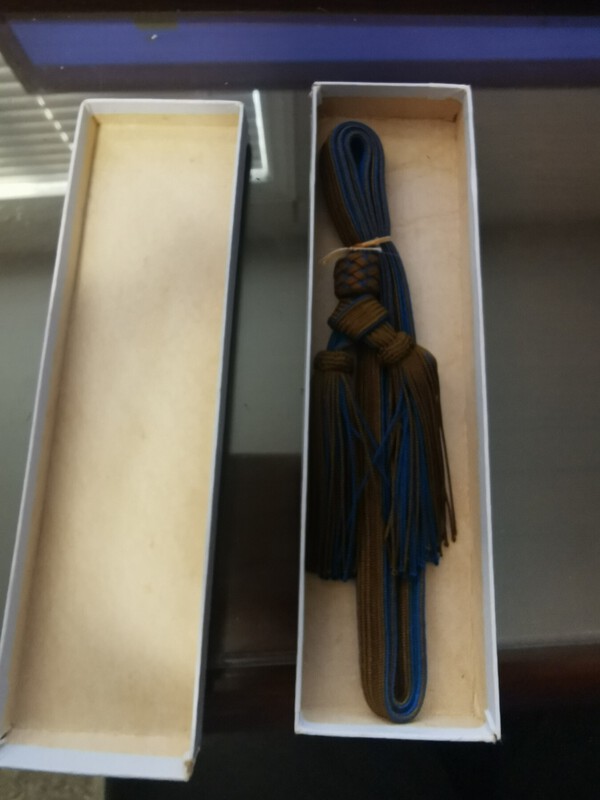













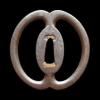
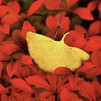






.thumb.jpeg.60c8339900b2eb66f101f415a333f3cc.jpeg)

